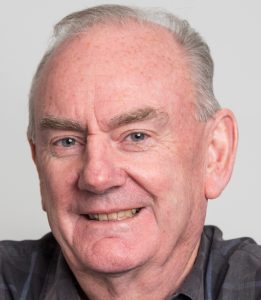Two is the magic number

The overall size of innovation teams will vary over time however it is clear that the optimum configuration at the beginning of a new venture or project is always two.
The evidence for this is abundant (e.g. think Apple’s two Steves or the countless successful husband and wife teams) and anecdotal evidence also confirms that even slightly larger teams (3-4) at this critical stage are significantly less productive in terms of generating truly innovative products or services.
Many people considering going into business for the first time look for a partner with similar experience and skills however a far better strategy is to find someone with complimentary features e.g. an engineer or technical person might seek out someone with a sales or marketing background, of course having a pleasing personality or easy-going nature also helps.
While two is the optimum number the ‘Creative Pair’ may require additional assistance internally or even outside the organisation as the new idea/concept develops over time.
The recommended strategy to handle this evolving situation is to utilise either an expert external consultant and/or team of collaborators to undertake the necessary research and trials and report directly to either of the Creative Pair.
The primary focus on innovation implementation, particularly in Startups, has been dominated for the past decade by the concept of Design Thinking and to a lesser extent LeanUX.
Of course LeanUX is an incredibly useful technique when working on projects where the Agile development method is used however this approach has a number of drawbacks.
The major problem of engaging a large team (with varying skills) to address complicated and often complex issues is that it dilutes the impact of the more skilled members and often quickly bogs down with internal communications and the simple logistics of managing a diverse group of individuals.
 Dr Andrew M Connery is the Director of Innovation at CTPM Australasia and has been active online since 2001.
Dr Andrew M Connery is the Director of Innovation at CTPM Australasia and has been active online since 2001.
Andrew completed his PhD at the UOW’s Sydney Business School in 2015 his doctoral dissertation ‘Overcoming Barriers to the Introduction of Perceived Disruptive Innovations in to Rigid Efficient Systems’.